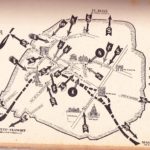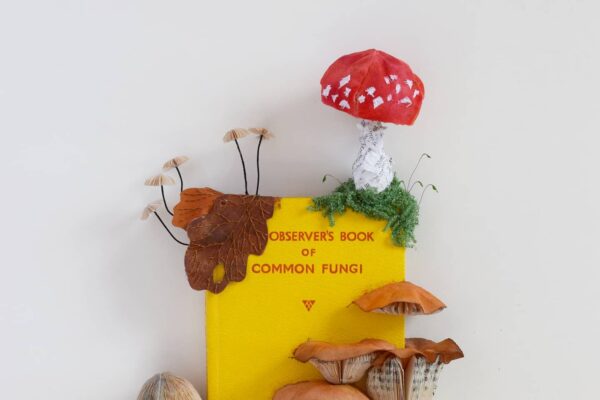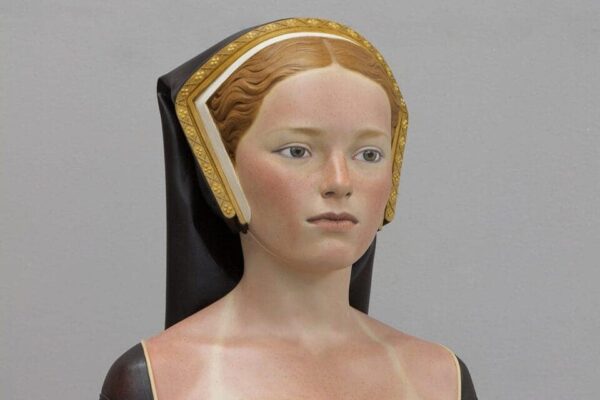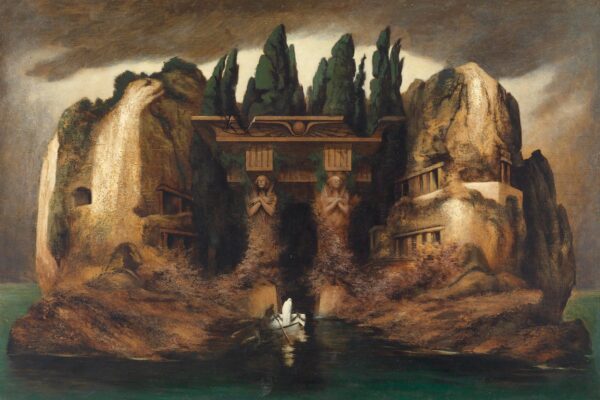“Women are like teabags. We don’t know our true strength until we are in hot water.” – Eleanor Roosevelt
Today’s 13 Things is dedicated to women.
1. Tradeswomen, magazine for blue collar workingwomen in the ‘80s & ’90s
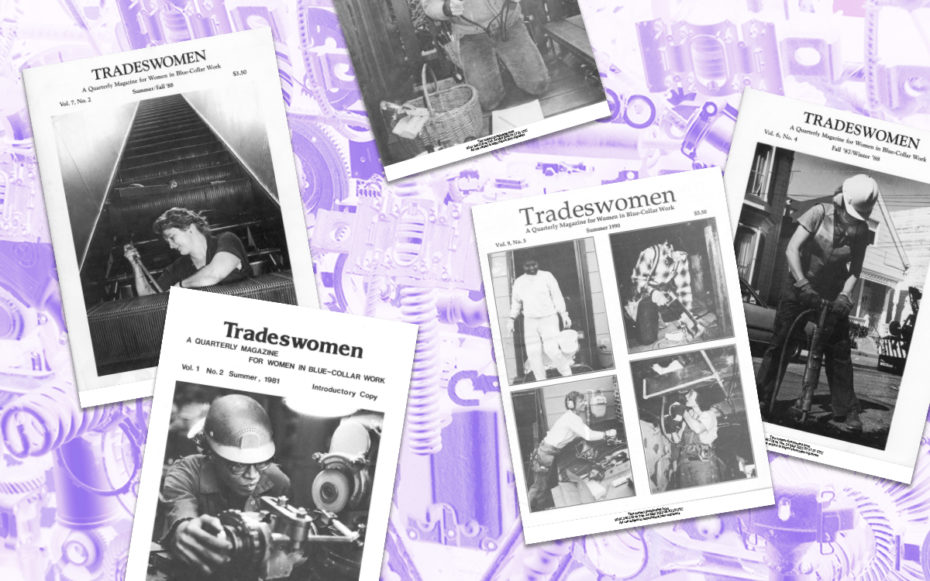
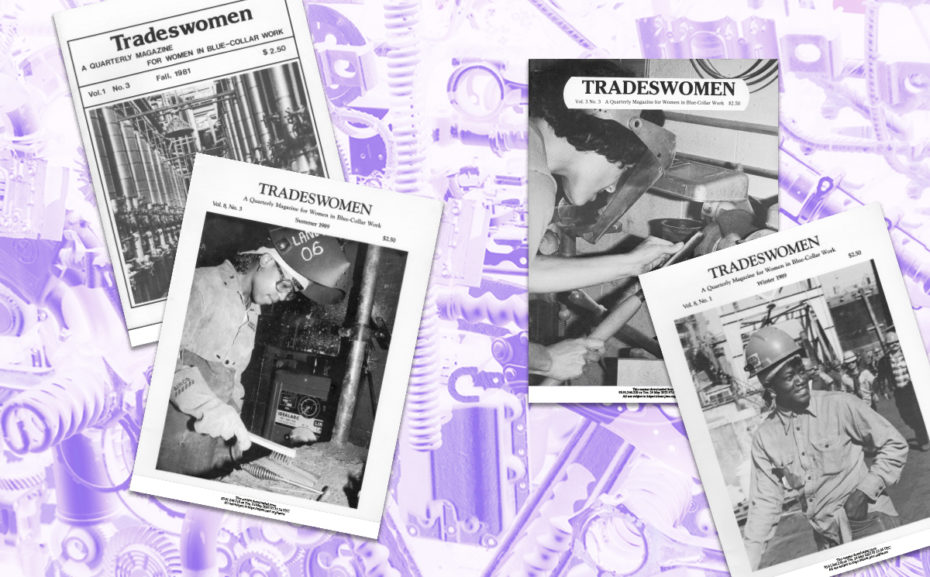
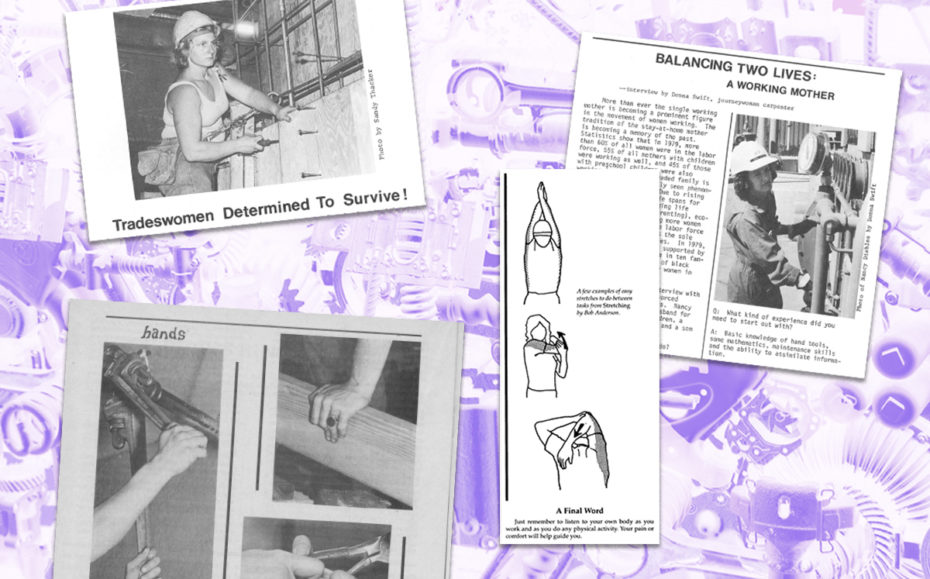
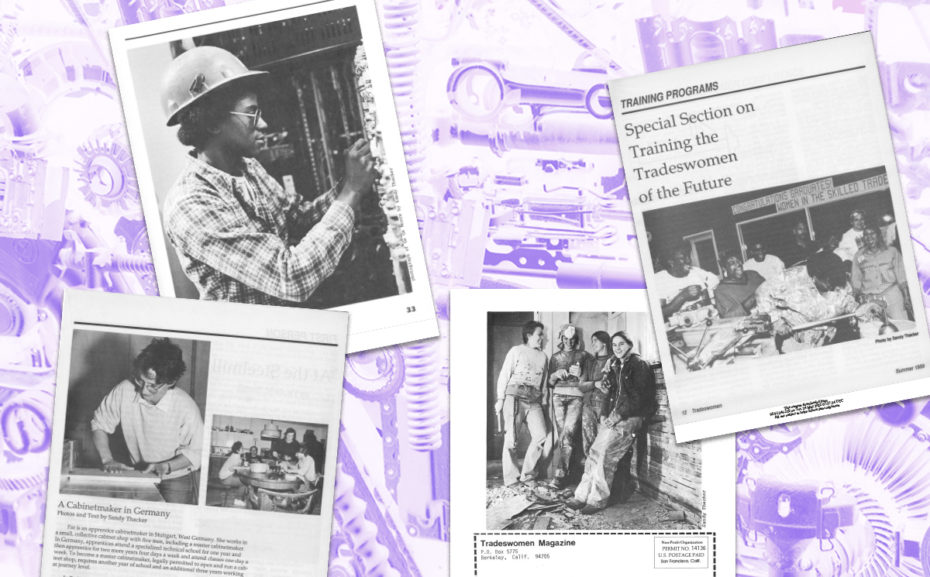
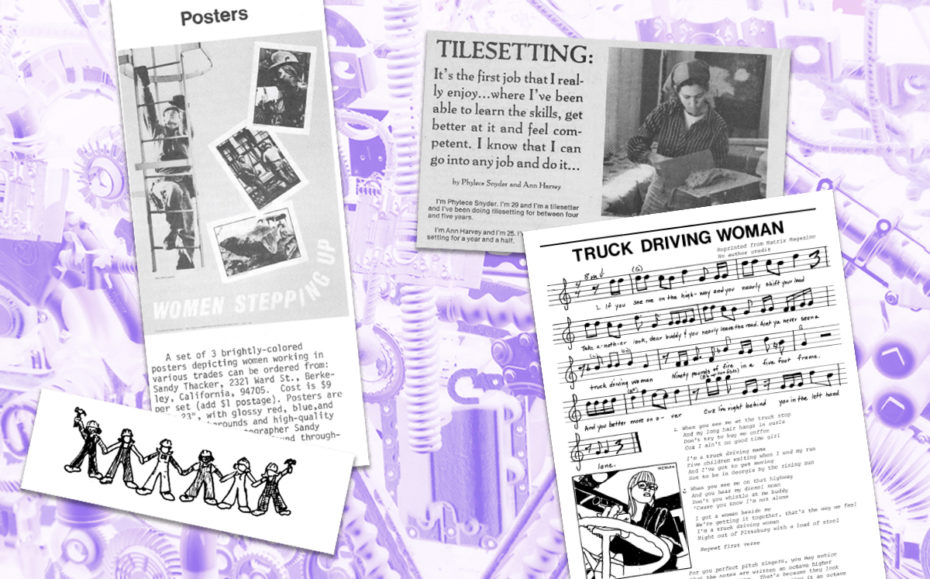
it became an integral tool for organizing in a landscape of sexist gatekeeping. See the full article on Eye on Design.
2. Daredevil Aerialist Betty Fox
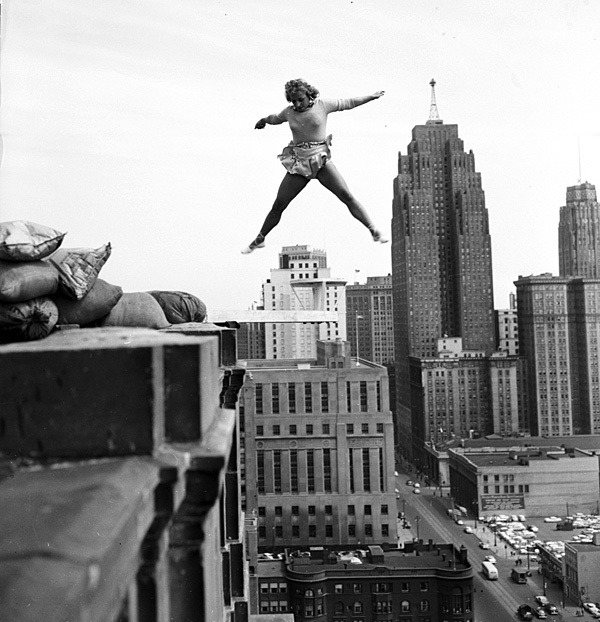
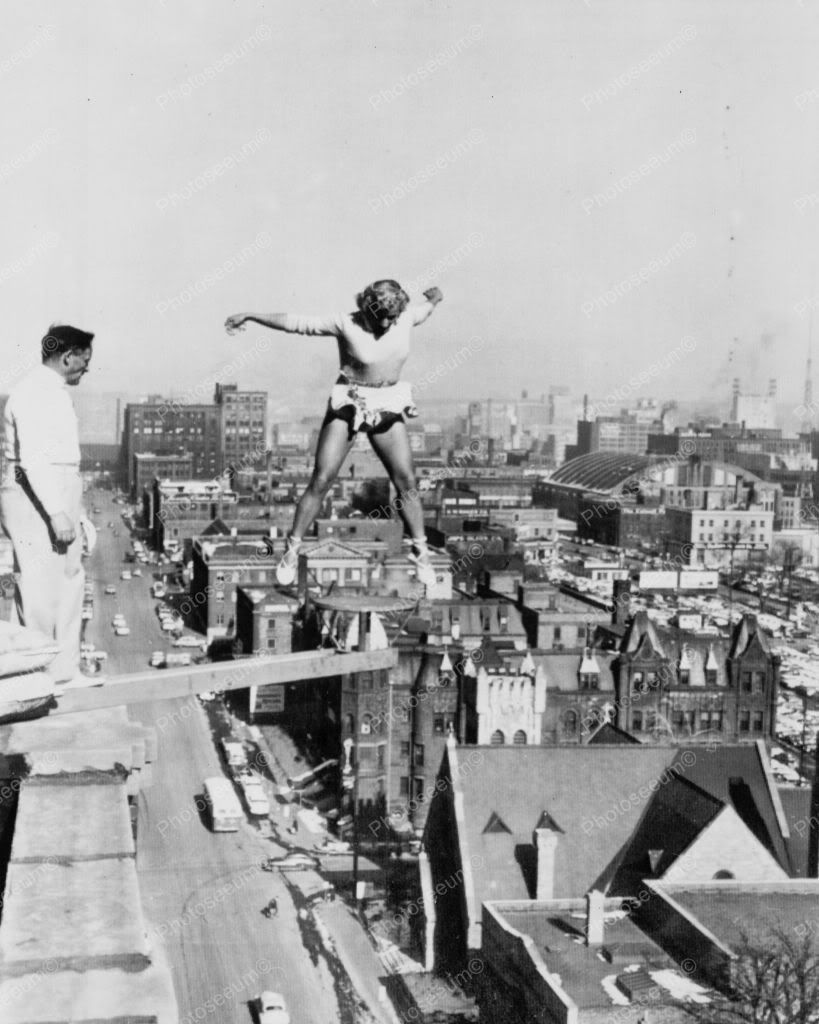
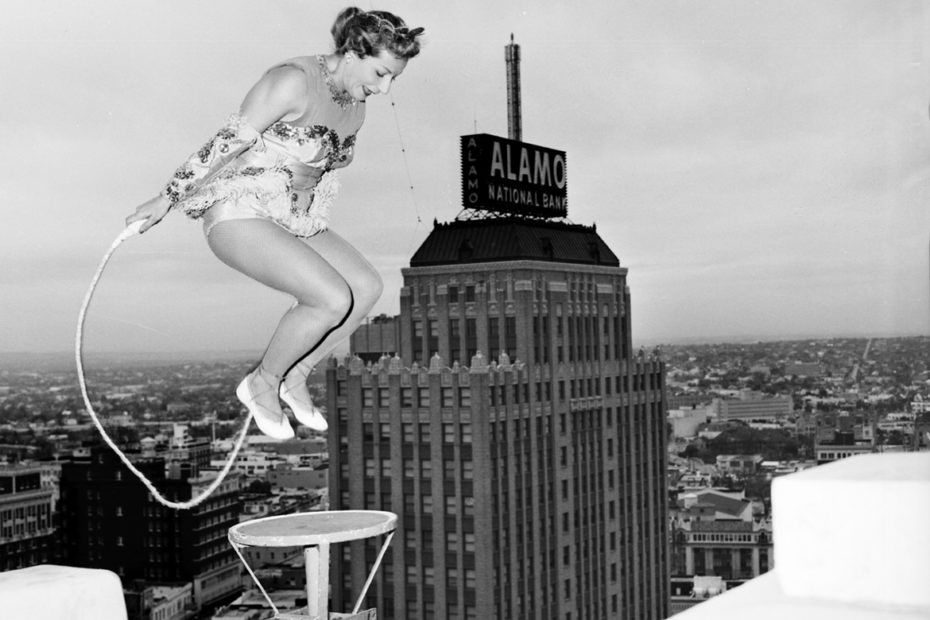
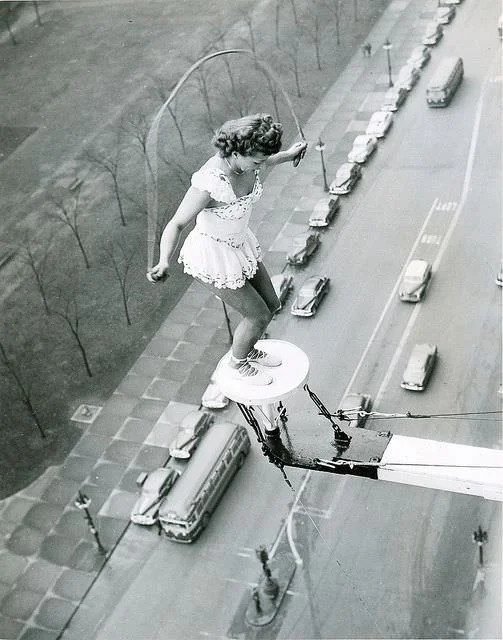
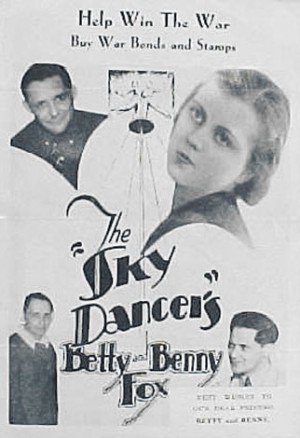
Daredevil aerialist Betty Fox performs from the roof of the Fort Shelby Hotel, high above Fort Street, circa 1945. Betty and Benny Fox called their act “Sky Dancers, World’s Greatest Aerial Sensation.”
Found on A Look at the Metropolitan Area
3. Whimsigothic, the Witchy Aesthetic Hexing the Internet
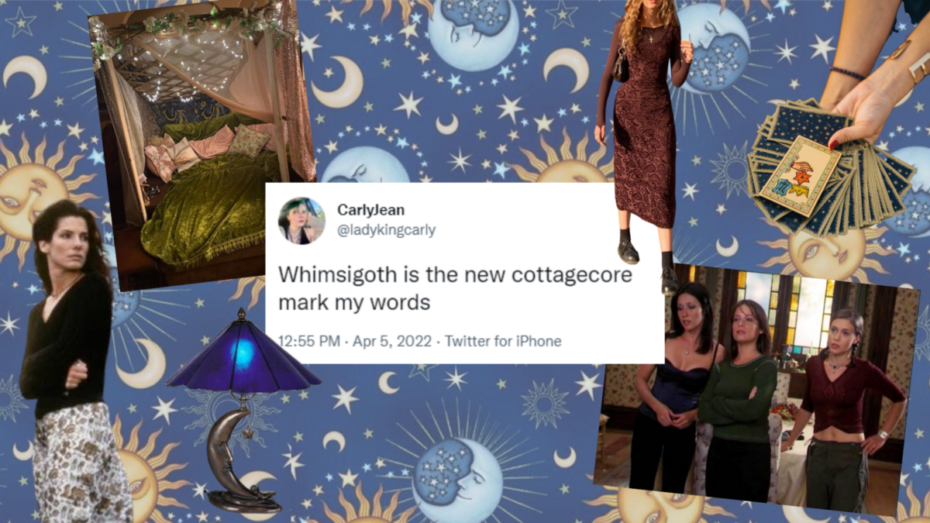
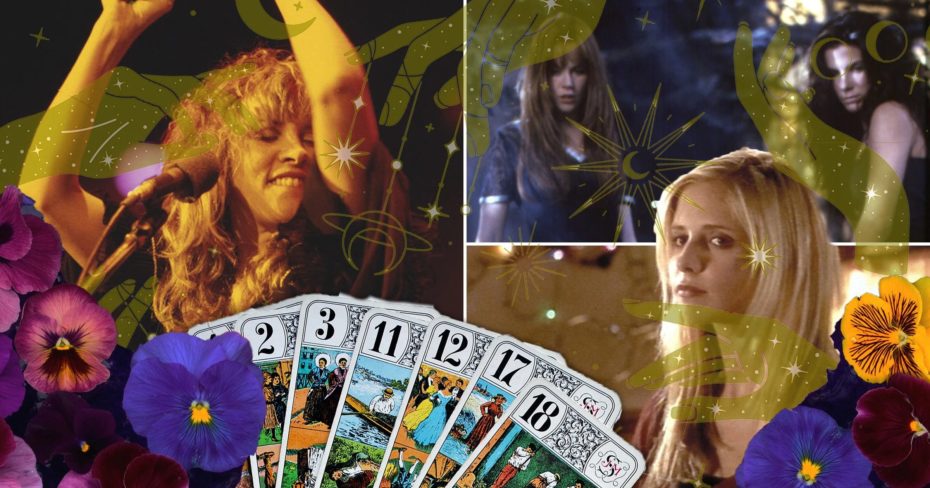
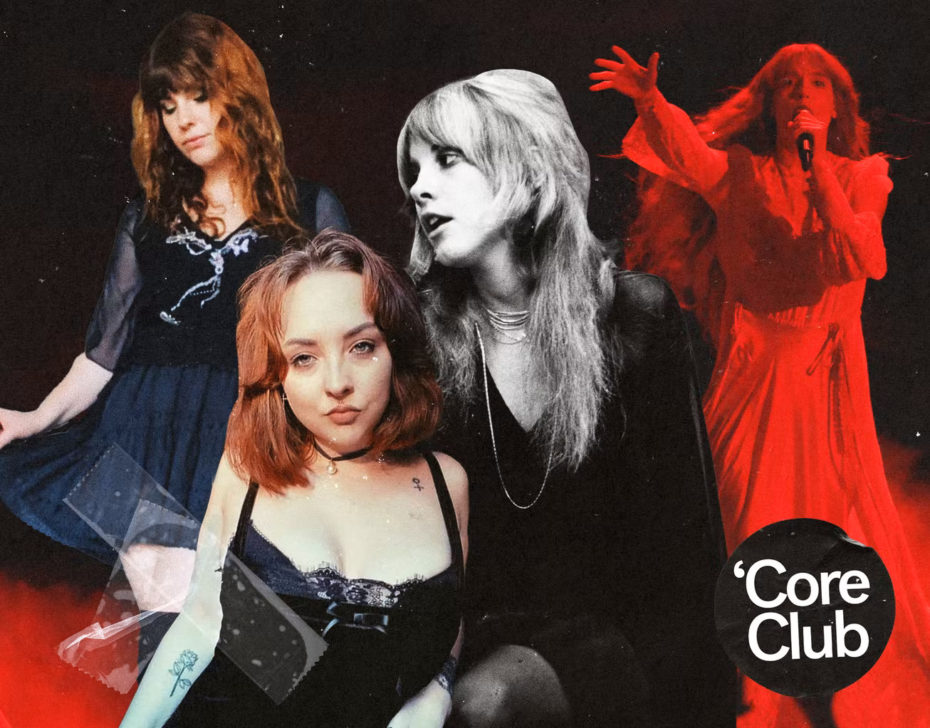
Taking fashion inspiration from witches, magic, and Stevie Nicks. NYLON explains.
4. Stills from Asparagus (1979), a surreal 18 minute surreal psychosexual fantasia by animator and painter Suzan Pitt
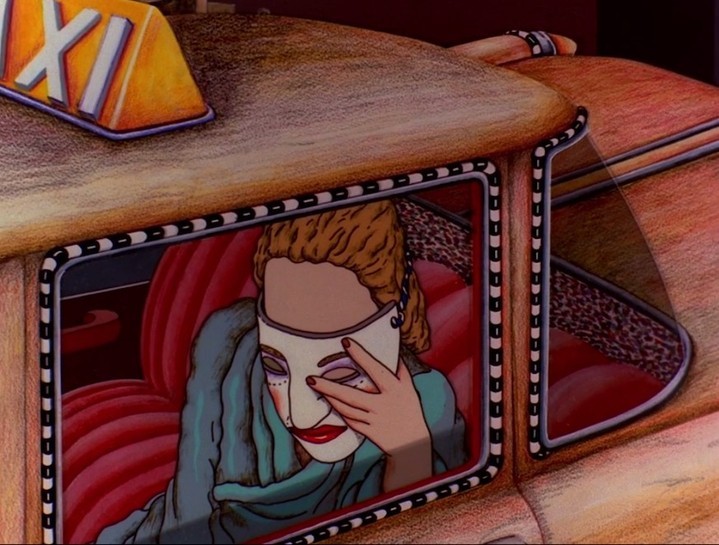
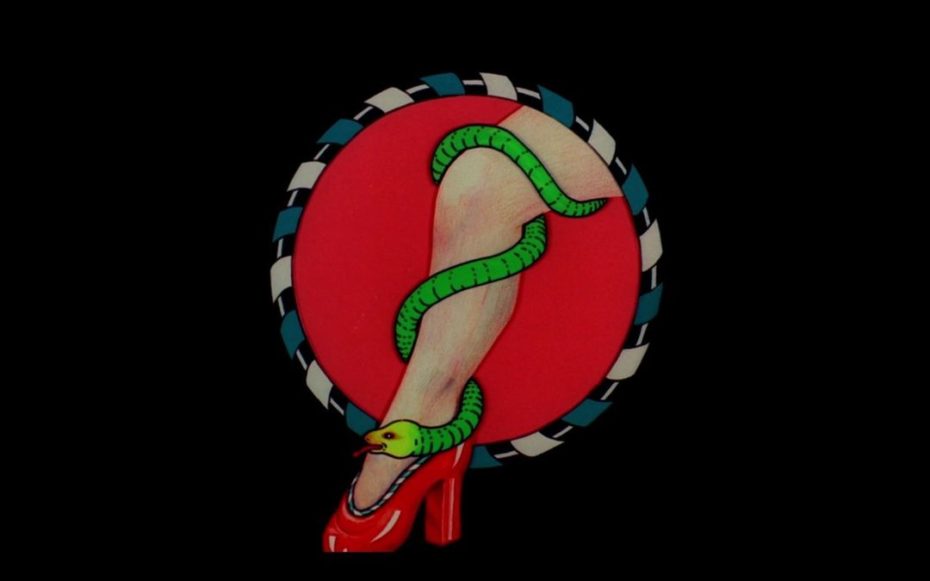
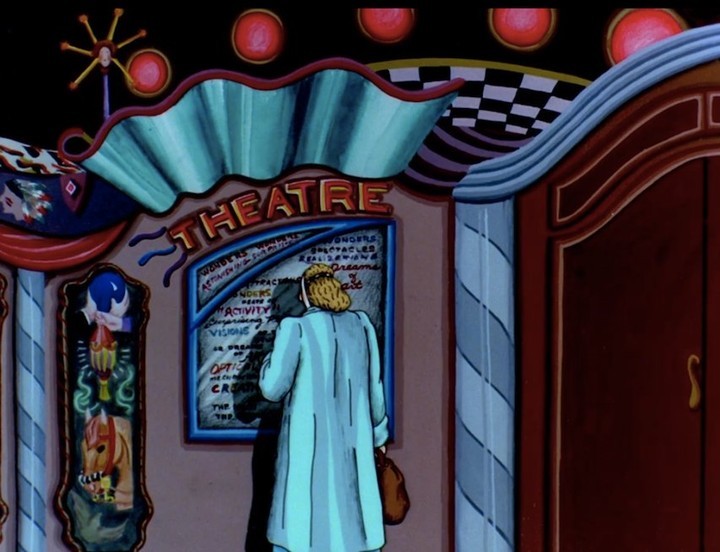
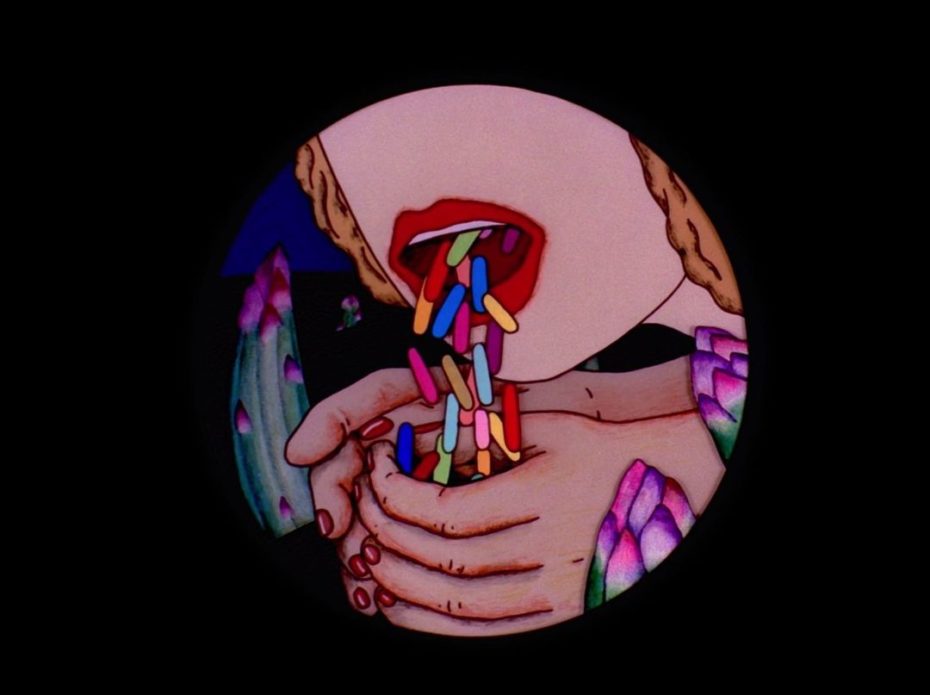
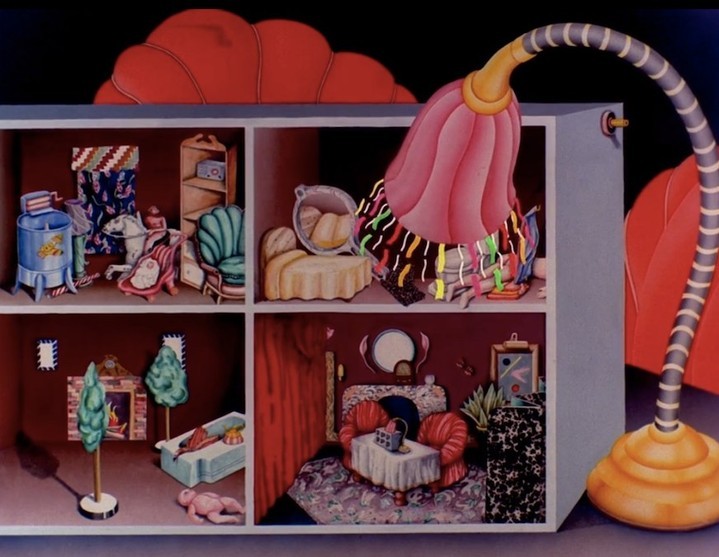
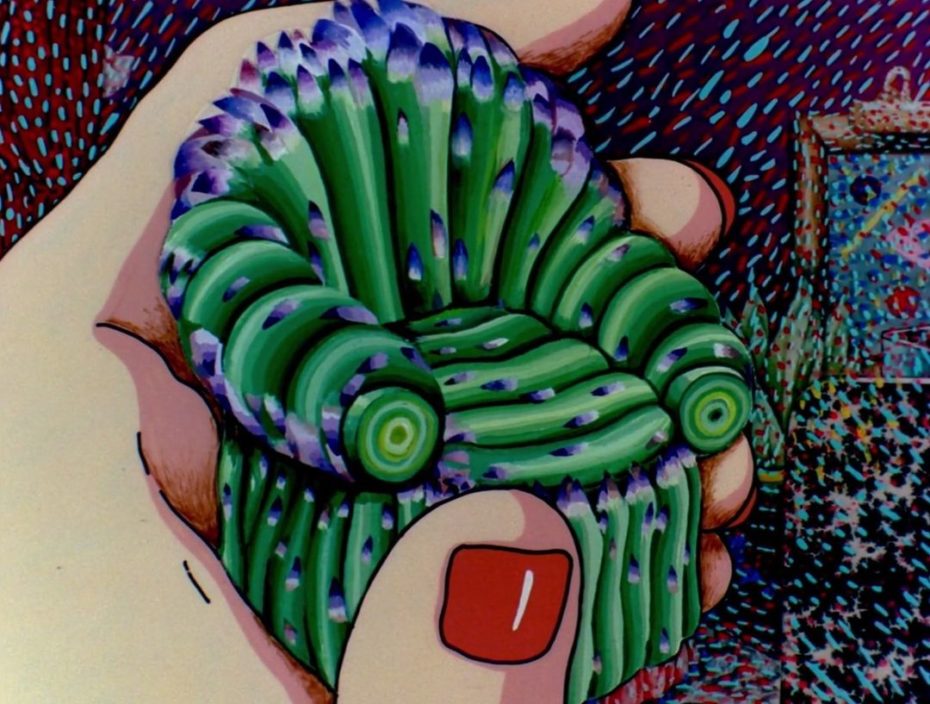
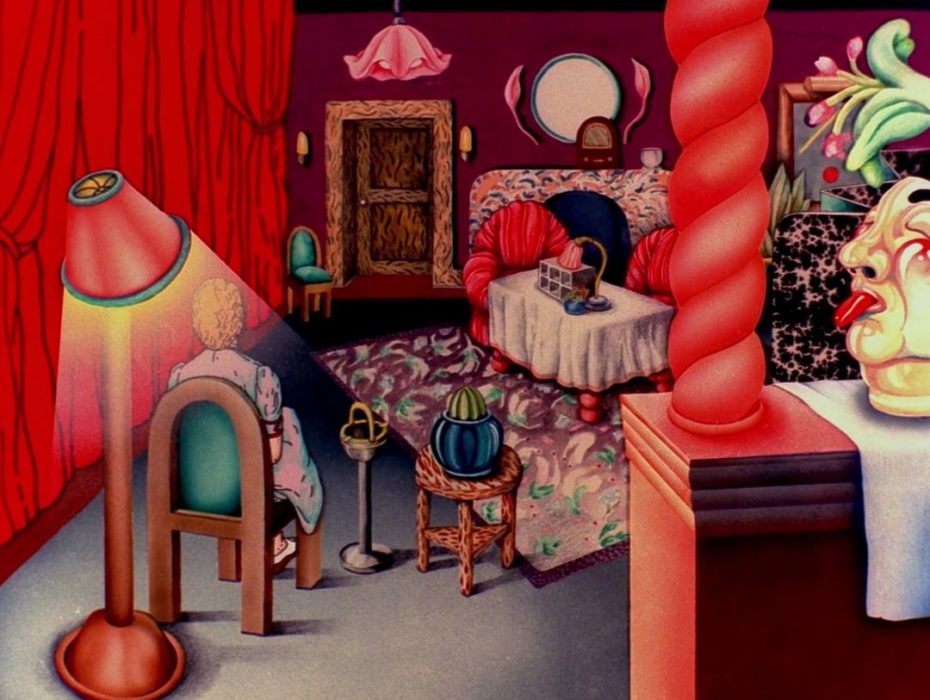
Played on a double bill for years with Eraserhead, a heavenly fever dream, it throws open the doors of perception for a mesmerizing exploration of the artist’s inner world, and a viewing experience like no other.
Now playing on The Criterion Collection. Discover the world of filmmaker Suzan Pitt here.
5. Women that settled the American Frontier, and gave the first women’s accounts of it
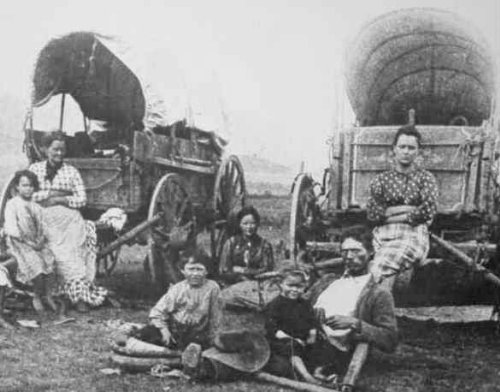
Read about each of them on Women History Blog.
6. “Keepers of Culture” women of the Iroquois Confederacy
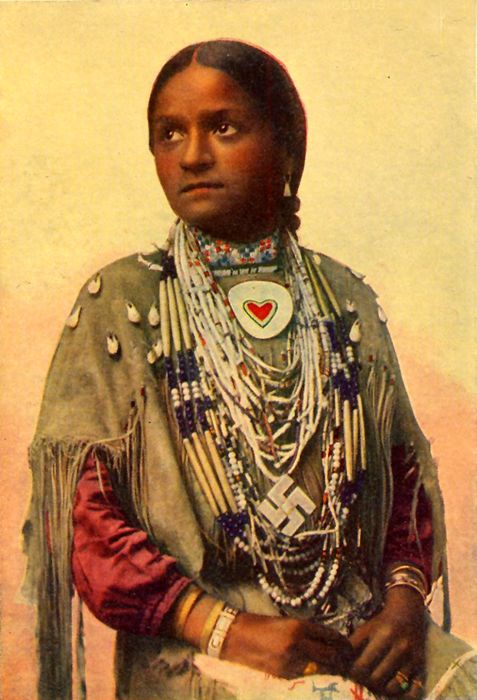
The Iroquois confederacy was the most powerful league of the American Indian tribes.
Women held a special role within the tribes, believed to be linked to the earth’s power to create life. The tribes were matrilineal whereby families moved into the longhouse of the mother and family lineage was traced from her.
Each tribe had a women’s council which took the initiative in all matters of public importance, including the nomination of members of the chief’s council, which was made up of both hereditary chiefs and additional members chosen for their abilities. Fifty hereditary chiefs from all five tribes constituted the league council, which ratified the nominations made by the women’s council.
Found on Legends of America.
7. The young Nazi-resistance fighter who should be a household name
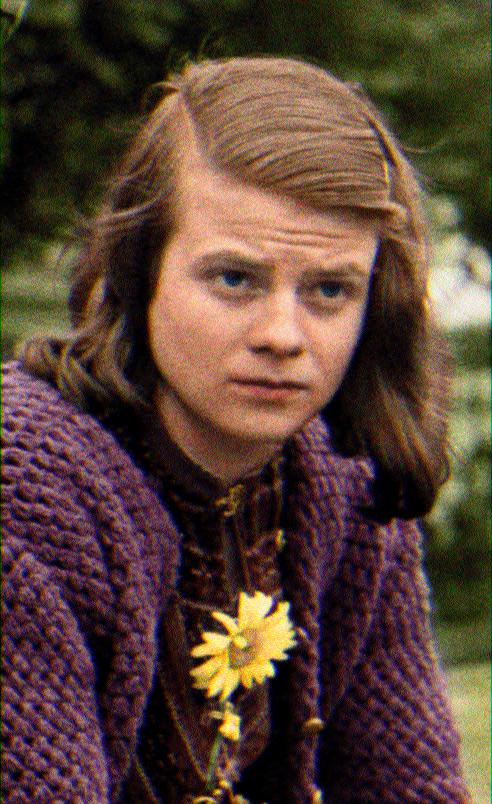
This is Sophie Scholl, founder of the White Rose student resistance group during the Nazi Regime, who was arrested for distributing anti-Nazi leaflets with her brother, executed by guillotine at age 22 for high treason. She would’ve been 100 this year.
The activities of the White Rose first started in June 1942. From end of June until mid July 1942, Hans Scholl and Alexander Schmorell wrote the first four leaflets. Quoting extensively from the Bible, Aristotle and Novalis, as well as Goethe and Schiller, the iconic poets of German bourgeoisie, they appealed to what they considered the German intelligentsia, believing that these people would be easily convinced by the same arguments that also motivated the authors themselves. Sophie joined the White Rose and proved to be valuable to the group because, as a woman, her chances of being randomly stopped by the SS were much smaller.
Sophie’s last known words:
How can we expect righteousness to prevail when there is hardly anyone willing to give himself up individually to a righteous cause…. It is such a splendid sunny day, and I have to go. But how many have to die on the battlefield in these days, how many young, promising lives. What does my death matter if by our acts thousands are warned and alerted. Among the student body there will certainly be a revolt.
Found on Wikipedia
8. The Pioneering Sculptor from Kentucky that studied with Rodin
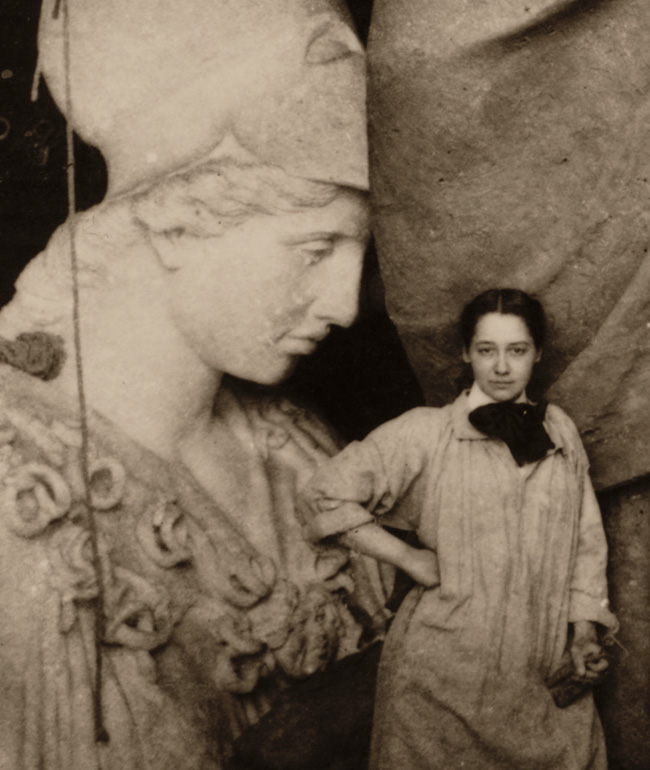
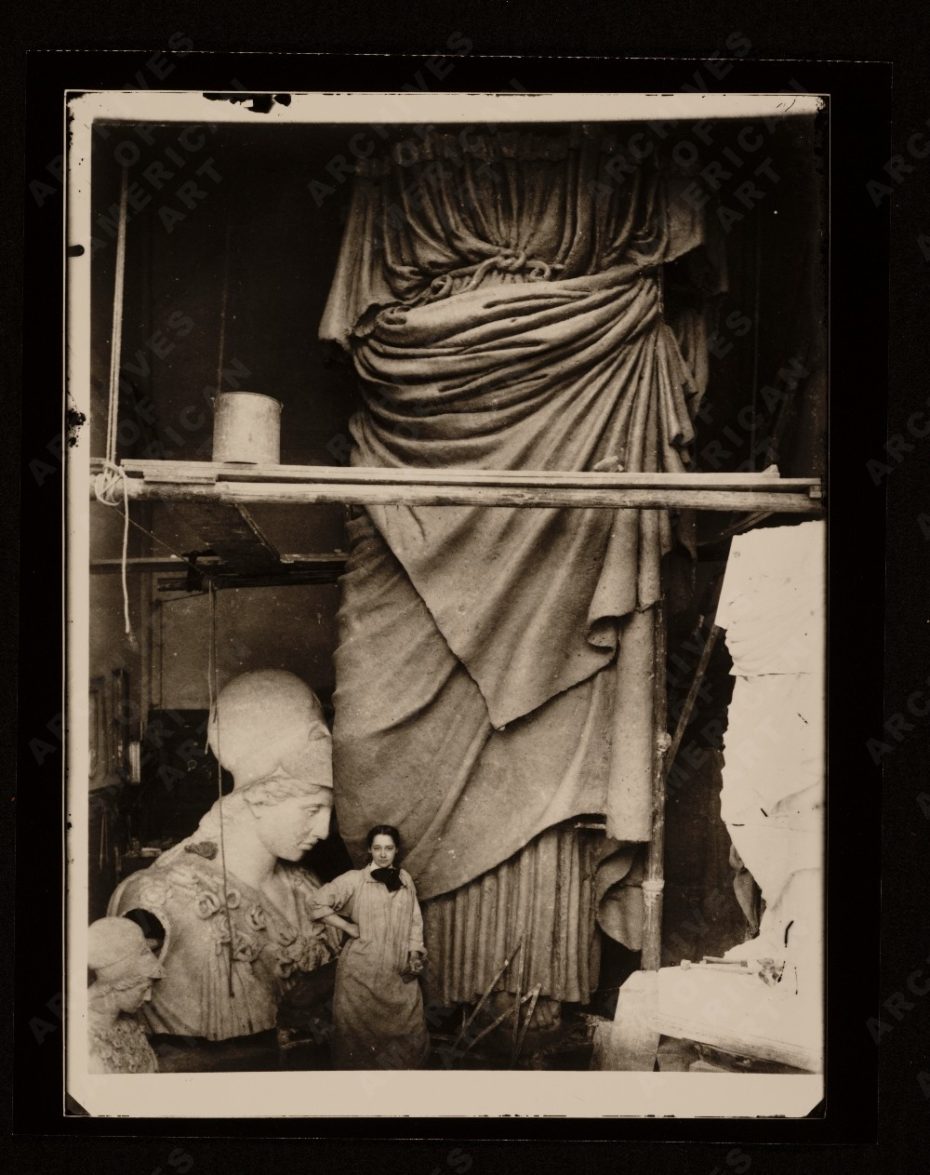
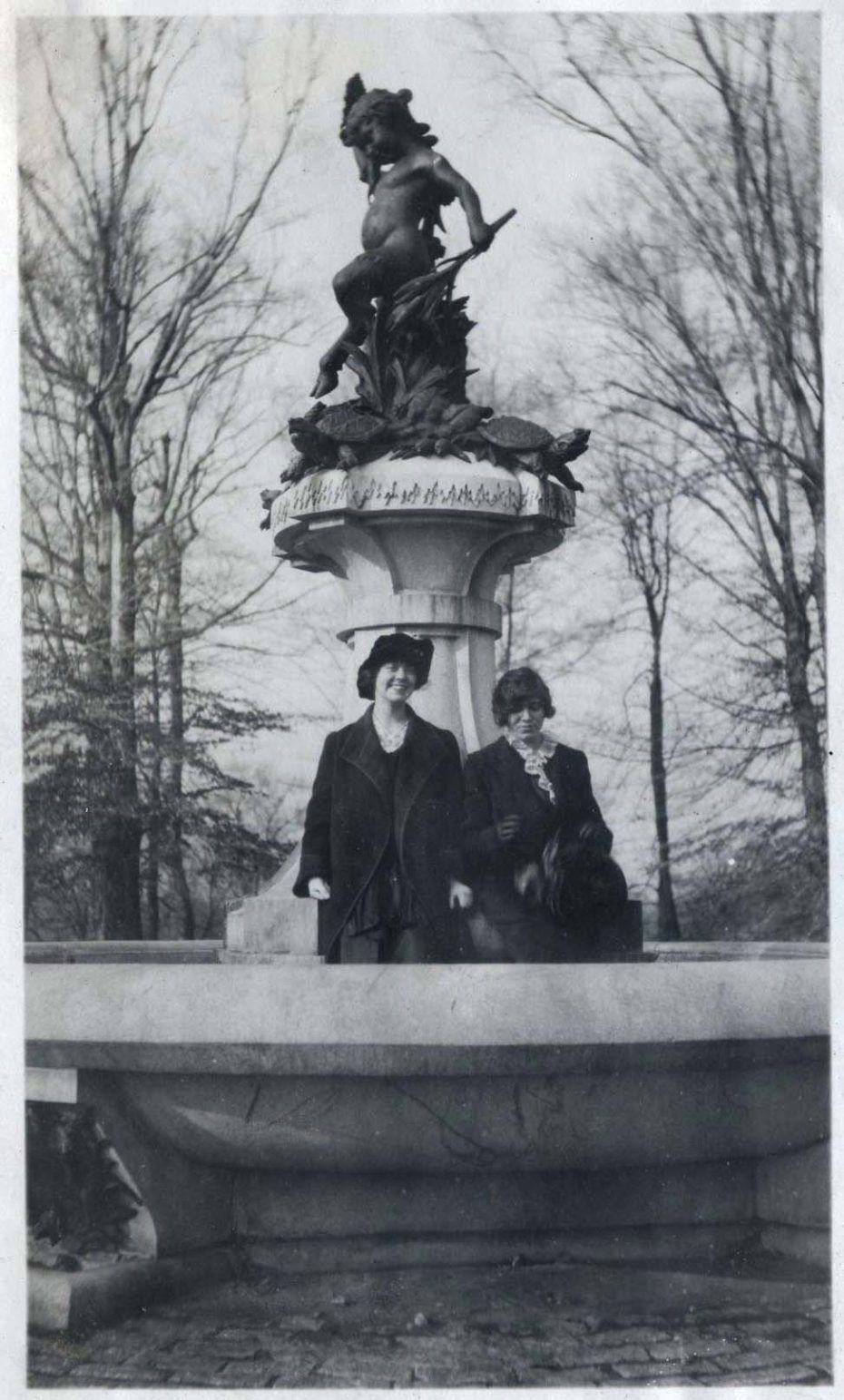
Enid Yandell was one of a group of women sculptors known as the White Rabbits, who were organized by sculptor Lorado Taft to complete the numerous statues and other architectural embellishments for the Horticultural Building at the World’s Columbian Exposition in Chicago in 1893. In 1894, Yandell went to Paris, where she studied with Frederick William MacMonnies and other instructors at the Académie Vitti in Montparnasse. Yandell also worked with Auguste Rodin. She returned to Paris frequently, maintaining a studio there and exhibiting at the Paris Salon.
Found on Wikipedia
9. Mary Anning, Paleontologist in the early 1800s, who rarely received full credit for her discoveries
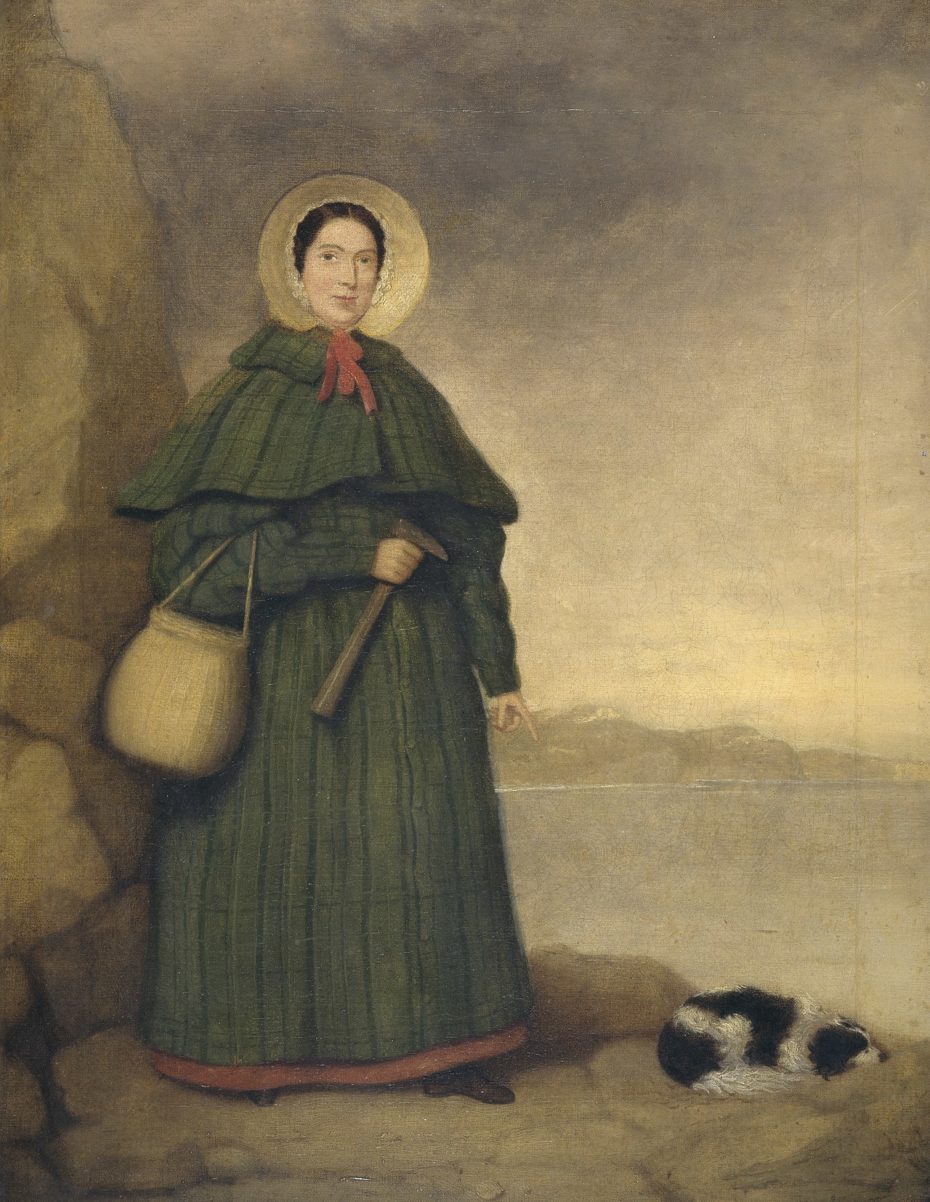
Mary Anning, who discovered, with her brother, the first ichthyosaur fossil at age 12. She would go on to discover many more fossils and revolutionize the science of paleontology. However, due to being a woman in the early 1800s, she rarely received full credit for her discoveries.
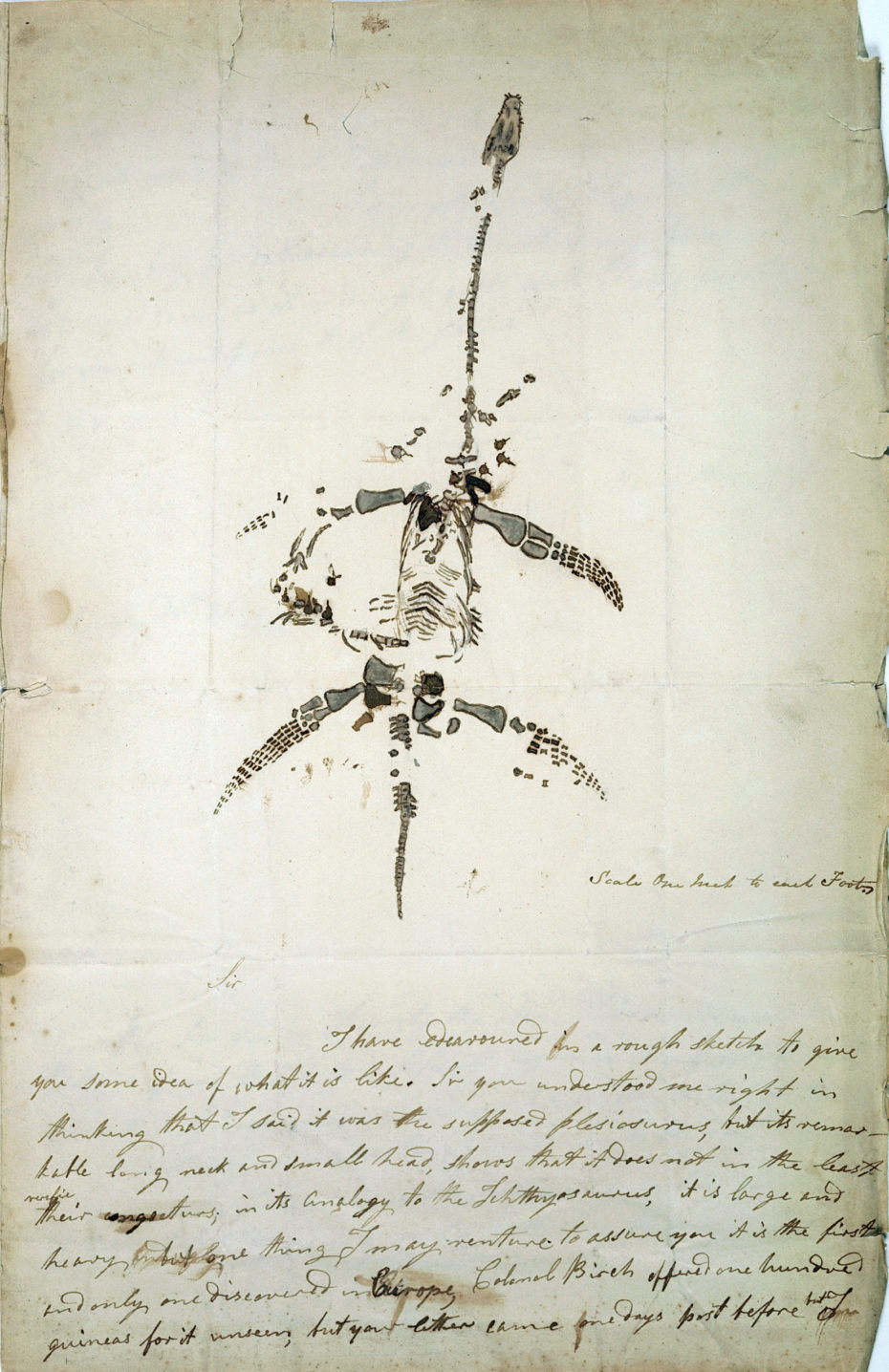
Read more about her on Wikipedia.
10. The woman who sold time
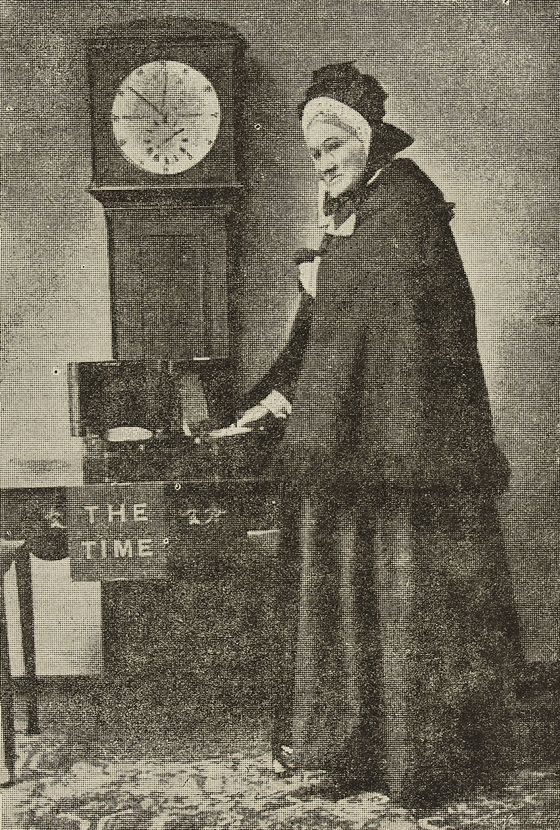
Elizabeth Ruth Naomi Belville (1854 –1943), also known as the Greenwich Time Lady, was a businesswoman from London. She, her mother Maria Elizabeth, and her father John Henry, sold people the time.
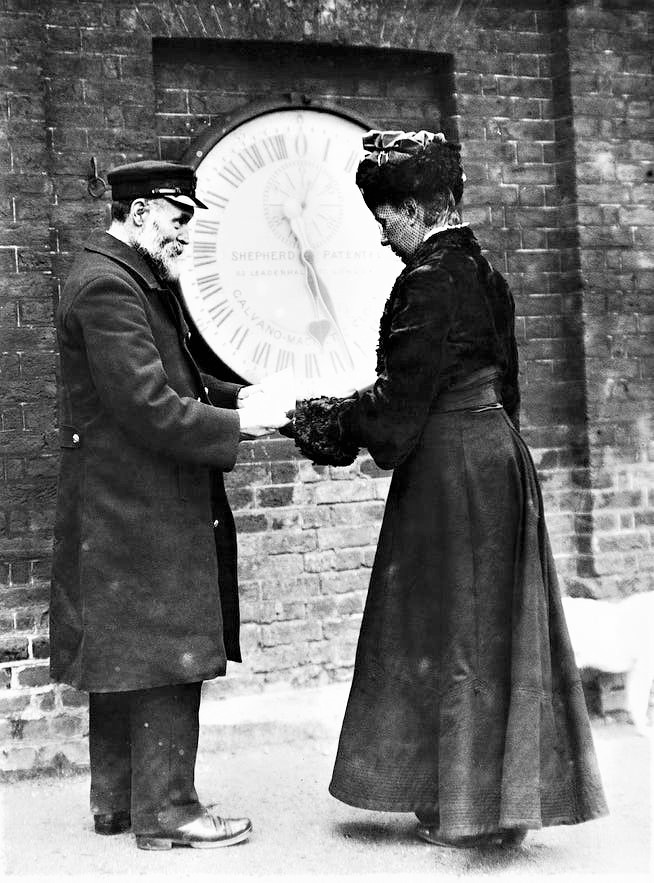
Found on Wikipedia.
11. How bicycles boosted the women’s rights movement
12. Why Women Should Not Vote (1917)
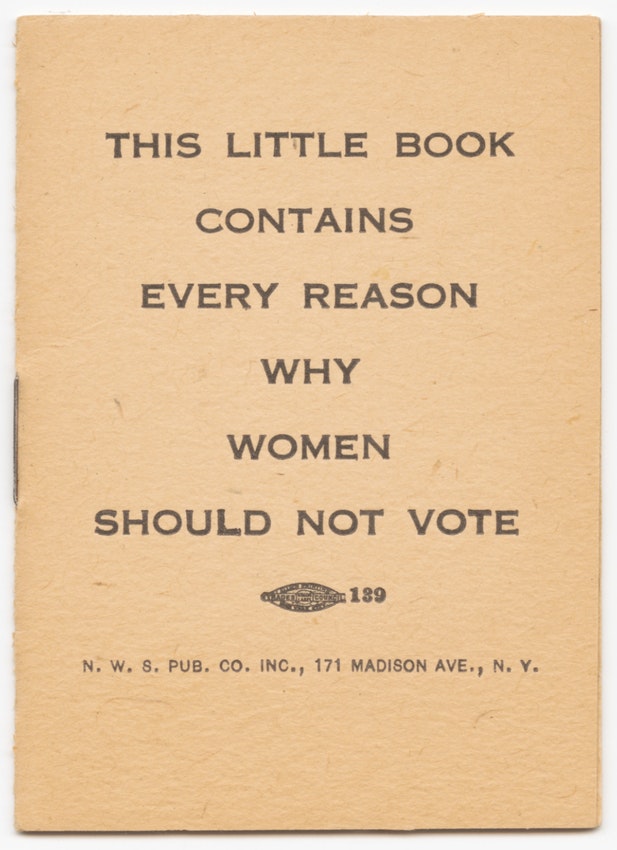
Despite its novelty angle, this little book from the National Woman Suffrage Publishing Company (the publishing arm of the National Woman Suffrage Association) was born from a very serious place: the struggle to gain women the right to vote in the United States. All the pages inside the book, published in 1917, are blank.
Found on The Public Domain Review.



